Description
Capric Acid: A Deep Dive into This Medium-Chain Fatty Acid
Capric acid, also known as decanoic acid or C10:0, is a saturated fatty acid belonging to the medium-chain triglyceride (MCT) family. While often overshadowed by its more famous cousins, caprylic acid (C8) and lauric acid (C12), capric acid boasts its own unique properties and potential health benefits. This article will delve into the characteristics, sources, uses, and potential advantages of capric acid.
What Exactly is Capric Acid?
Capric acid is a colorless or yellowish liquid at room temperature with a slightly goat-like odor. The “capric” in its name is derived from the Latin word “capra,” meaning goat, referring to its presence in goat’s milk. As an MCT, capric acid contains 10 carbon atoms in its fatty acid chain. This medium length is crucial because it impacts how the body metabolizes it.
Where Does Capric Acid Come From?
Capric acid is naturally found in several sources, with coconut oil and palm kernel oil being the richest:
- Coconut Oil: This is a primary source, typically containing around 4-7% capric acid.
- Palm Kernel Oil: Another significant source, with a similar percentage to coconut oil.
- Goat’s Milk and Cow’s Milk: Found in smaller quantities compared to coconut and palm kernel oil.
- Butter: Also contains trace amounts of capric acid.
How is Capric Acid Metabolized?
Unlike long-chain fatty acids (LCFAs), MCTs like capric acid are metabolized differently. They are:
- Easily Digested: MCTs are smaller and more water-soluble, allowing for easier absorption in the small intestine.
- Rapidly Absorbed: They bypass the lymphatic system and directly enter the bloodstream through the portal vein, leading directly to the liver.
- Quickly Converted to Energy: The liver readily converts MCTs into ketones, providing a quick source of energy for the body and brain. This rapid conversion minimizes fat storage.
Potential Health Benefits of Capric Acid:
While research is ongoing, studies suggest several potential health benefits associated with capric acid:
- Antimicrobial Properties: Capric acid exhibits antifungal, antibacterial, and antiviral properties. Some studies suggest it can disrupt the cell membranes of certain pathogens, potentially aiding in fighting infections. Research indicates efficacy against Candida albicans, a common yeast infection.
- Weight Management: Due to its unique metabolic pathway, capric acid may contribute to weight management. It can increase satiety, boost energy expenditure, and reduce fat storage. However, more research is needed focusing specifically on capric acid’s role.
- Brain Health: As an MCT, capric acid contributes to ketone production. Ketones are an alternative energy source for the brain, potentially beneficial for cognitive function, especially for individuals with neurological conditions like Alzheimer’s disease. Further studies are needed specifically evaluating capric acid’s impact.
- Improved Digestion: MCTs are easier to digest than LCFAs, potentially benefiting individuals with digestive disorders or difficulties absorbing fat.
Uses of Capric Acid:
Beyond its potential health benefits, capric acid finds applications in various industries:
- Food Industry: Used as a flavoring agent in processed foods and beverages.
- Cosmetics Industry: Employed as an emollient and skin-conditioning agent in lotions, creams, and soaps.
- Pharmaceutical Industry: Used as a solvent and excipient in pharmaceutical formulations. Research also explores its potential therapeutic applications.
Potential Side Effects and Considerations:
While generally considered safe, consuming large amounts of capric acid or MCTs can potentially lead to:
- Digestive Discomfort: Nausea, diarrhea, or abdominal cramps, especially when introduced too quickly.
- Interactions with Medications: Consult with a healthcare professional if you are taking any medications, as MCTs may interact with certain drugs.
The Takeaway:
Capric acid is a valuable medium-chain fatty acid with several potential benefits, particularly its antimicrobial properties and contribution to energy production. Found in coconut oil and palm kernel oil, it’s easily digested and rapidly metabolized. While research continues to uncover its full potential, capric acid holds promise for promoting health and well-being. As with any dietary change, it’s essential to consult with a healthcare professional before incorporating significant amounts of capric acid into your diet to ensure safety and suitability.

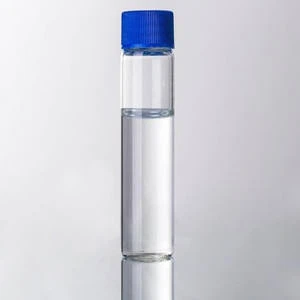

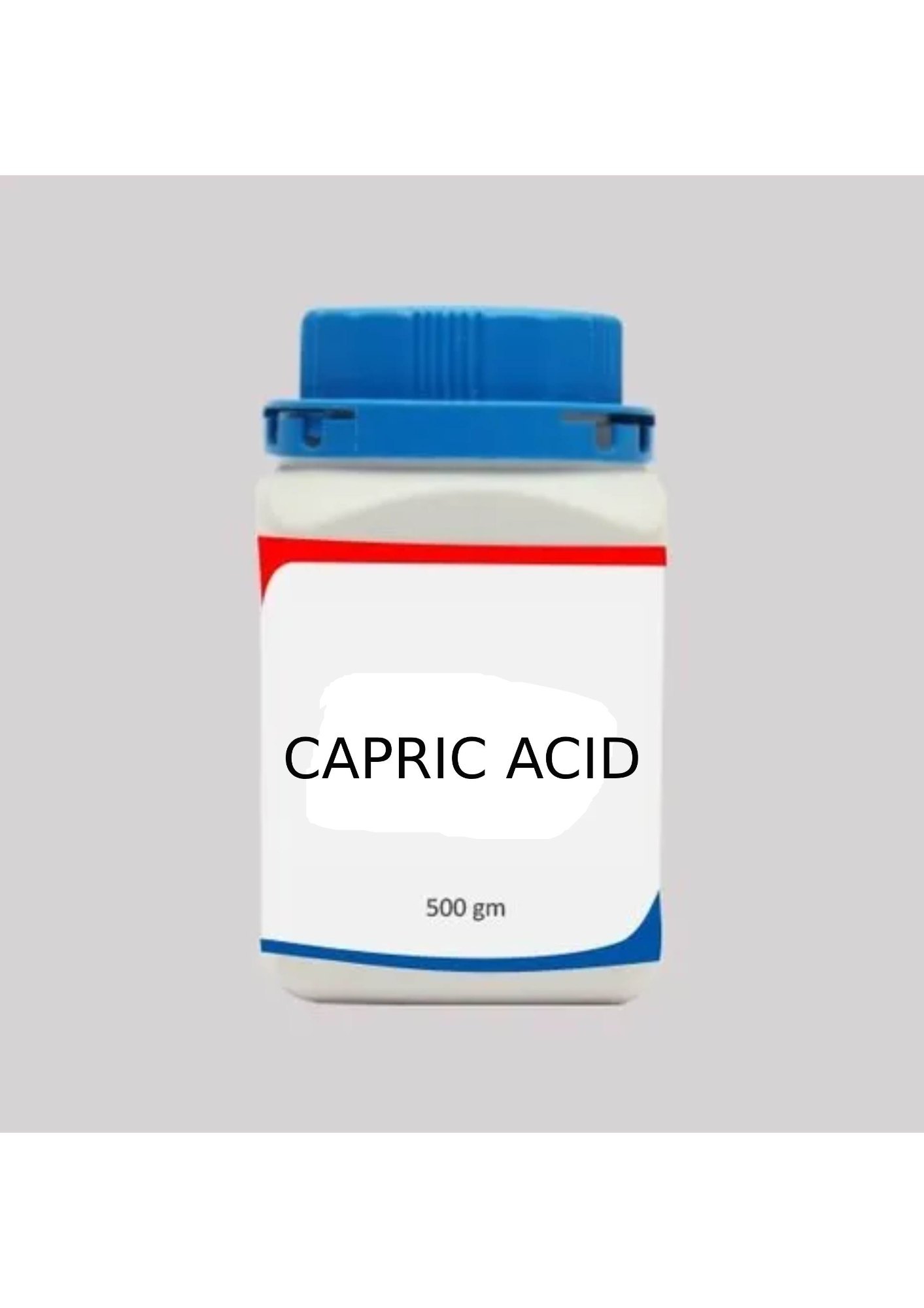
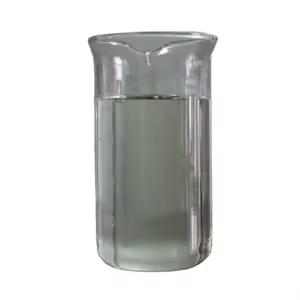


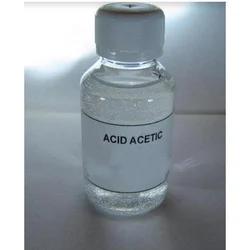
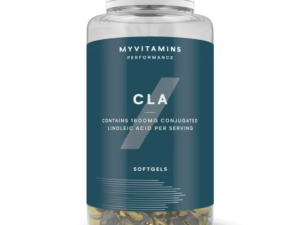
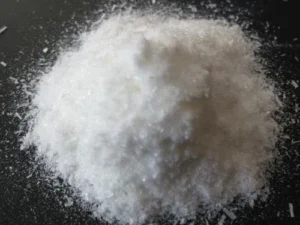
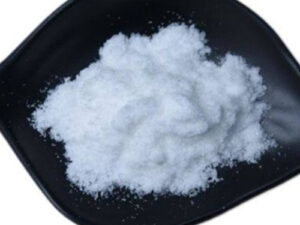

Reviews
There are no reviews yet.